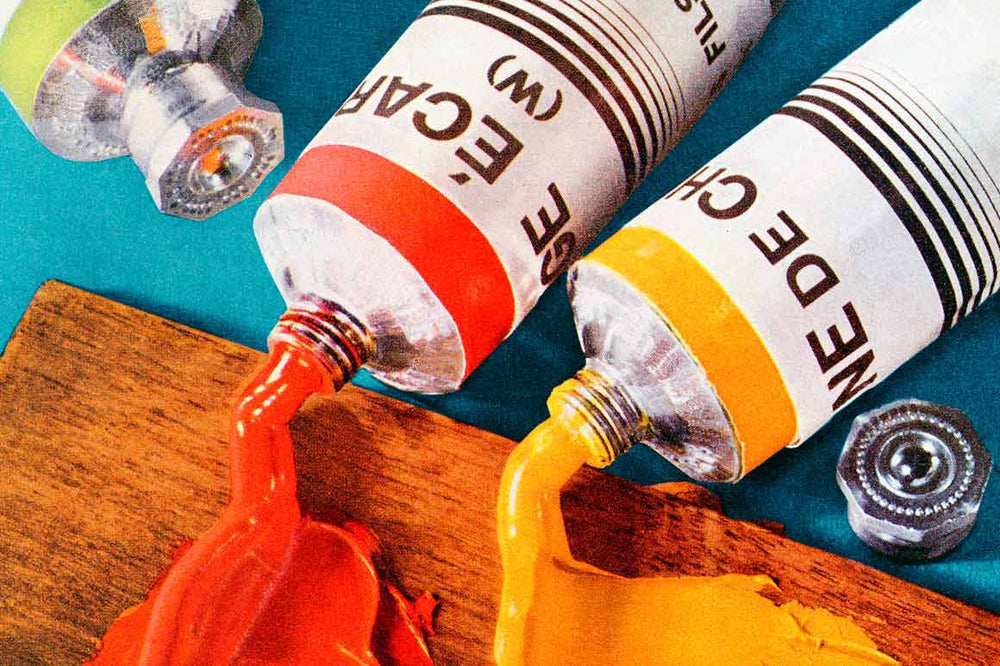Whether you've never touched a stylus or are an old digital art pro, trying new tools can always be a little daunting. Are you going to be able to use them successfully? Are you going to get your money's worth?
Even if your tools are quality, that doesn't guarantee that you will be able to make great art right out of the gate. But that doesn't need to be a problem when you have the right mindset. We'll show you five tips to consider when using new art supplies that will set you up for success and keep you confident.


